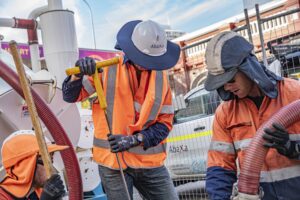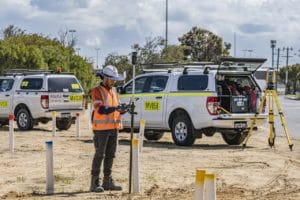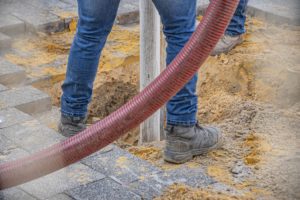We all know the importance of the one-call system and how critical it is to have an area checked for buried utilities before the ground is broken.
But when someone goes out to locate and mark underground utilities, what are they really looking for? They can’t physically see the pipes and cables they are tracing, so they rely on a locating instrument to guide them.
Do locators really trace the underground pipes and cables or do they simply look for a positive response from their receiver over the area that they think the pipe or cable runs? “Hey, if the as-built says it’s here and I get a solid response from my receiver then it’s OK to lay paint, right?”
But what if the signal they are tracing is distorted? Distortion affects locating accuracy and most receivers can show distortion without making the user take extra steps to look for it. Time pressures are constant in the locating world. Do locators really have the time to stop and ALWAYS check for distortion?







